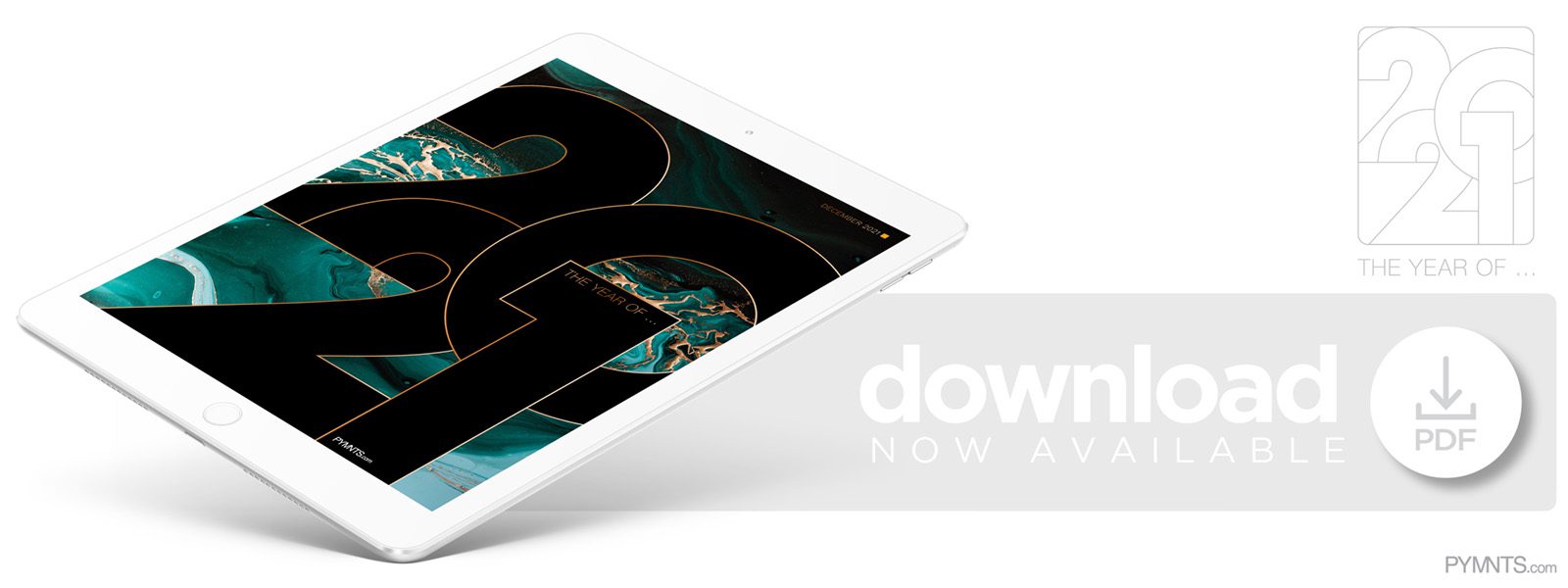The Clearing House: 2021 Was the Year of Delta

The shift to digital payments accelerated in early 2020 as the world responded to the pandemic. Nearly two years in, businesses and consumers now expect the pace of change to accelerate even more quickly, says Elena Whisler, senior V.P, client relationship management at The Clearing House, with enhanced, often instant, digital banking and payment options. Read her thoughts in the PYMNTS eBook, “In a Word: 50 Thought Leaders Sum Up 2021.”
The word “delta” likely conjures thoughts of the COVID-19 virus variant that extended the pandemic almost into its second year. Scientists, mathematicians, engineers and economists, however, think of delta as “a difference or change.” In the banking and payments worlds, the delta from 2019 to 2021 is large — and many of the changes that took place during the early months of the pandemic in 2020 became permanent in 2021.
The shift to digital payments accelerated in early 2020 as the world responded to the pandemic with lockdowns that forced customers to turn to online and mobile banking. Today, approaching two years later, businesses and consumers now expect enhanced, and often instant, digital banking and payment options. Moreover, customers found real-time payments to be more in line with the demands of everyday life and today’s business needs. With a real-time payment over the RTP network, a customer receives a confirmation that the transaction is complete and the funds are available immediately. The expectation of instant gratification mirrors what other industries are experiencing as well, such as sameday shipping, instant curbside pickup, streaming entertainment and more.
As consumers continued to shift to digital payments this year, ACH transactions on TCH’s EPN network have seen an 11% increase in 2021 volume. This delta, or change, seems to be permanent. Likewise, real-time payments volume on the RTP network increased dramatically in 2021, seeing over 15% compound growth each quarter. With the expectation of real-time payments becoming the norm and the continued rollout of request for payment and bill pay capabilities, we expect to see overall volume on the RTP network accelerate further, more than doubling by the end of 2022.
It’s also no secret that consumers’ P2P experiences through Zelle, Vemno, Cash App and others have increased the expectations for business payment capabilities. When executives could easily send a P2P payment to a family member in their personal life, they didn’t understand why they couldn’t do the same in the corporate world. This became painfully evident as the pandemic hit and many offices were closed. Treasury and accounts payable teams at the corporate level, as well as owners of small- to medium-sized businesses (SMBs), struggled to make and receive payments with physical offices and businesses shuttered. For SMBs, real-time payments have helped to speed the shipment of goods from overstretched and often understocked suppliers. As supply chain problems extended to many other types of businesses in 2021, real-time payments have helped to ensure that shipments are sent to a business expediently.
As we turn the calendar to 2022, the change in electronic payments will likely accelerate, with customer expectations for real-time payments increasing and more financial institutions and corporates adopting real-time payment methods. The delta we saw with electronic payments is now the norm, and we look forward to seeing how real-time payments will continue to make a positive difference in people’s lives going forward.

